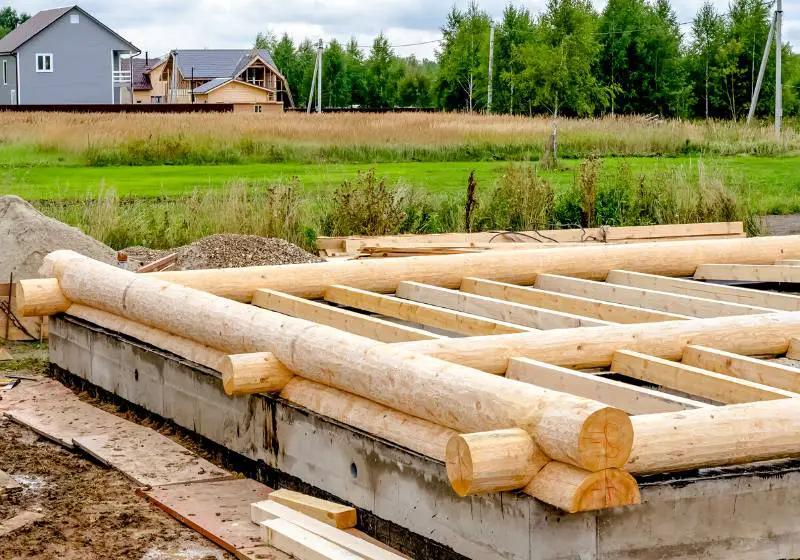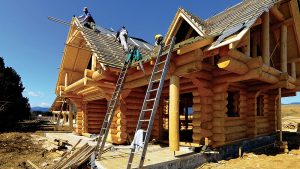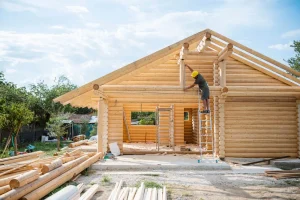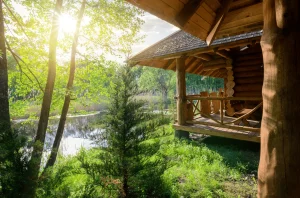Building your own log cabin is one of the most rewarding construction projects you can take on. Whether you’re creating a simple off-grid retreat or a fully equipped family home, the process of crafting something with your own hands connects you deeply to the land and to tradition. However, before the first log is set, you need to have the right tools for the job. Each step—from preparing the land to setting the final roof beam—requires specific equipment designed to ensure accuracy, safety, and quality. This guide will walk you through all the essential tools you’ll need to build a sturdy, beautiful log cabin efficiently and confidently.
Understanding Why the Right Tools Matter
Having the proper tools doesn’t just make your work easier—it makes it safer and more efficient. Log cabin construction involves heavy materials and precise cutting. Using the wrong tool can lead to structural mistakes or even injuries. With the right equipment, you’ll ensure tighter fits, cleaner finishes, and a cabin that can stand strong for generations. Your tools are like teammates, each with a role that affects your project’s quality. Investing in durable, high-quality tools at the start can save you countless hours of frustration later.
Tools for Site Preparation
Before you even begin stacking logs, you’ll need to prepare the building site. Site preparation includes clearing trees, leveling the land, and setting a solid foundation. For this stage, heavy-duty equipment and accurate measuring tools are essential.
You’ll likely need a chainsaw to remove trees and trim logs to the correct lengths. Look for one with at least 50cc of power for cutting large logs efficiently. A brush cutter or axe will also come in handy for clearing smaller vegetation. Once the area is cleared, use a measuring tape, laser level, and stakes with string to mark out the cabin’s footprint. These tools ensure that your foundation is square and properly aligned.
For grading and leveling the ground, a shovel, pickaxe, and wheelbarrow are vital. If your cabin site is on uneven terrain, consider renting a mini excavator or skid-steer loader—these machines make quick work of heavy soil and save hours of manual labor.
Tools for Foundation and Framing
Once the site is ready, your next step is to build a strong foundation. Most log cabins use concrete, stone, or pier foundations, each requiring different tools. For concrete work, you’ll need a cement mixer, trowel, concrete float, and rebar cutter. These help you pour, level, and reinforce the foundation properly.
After the base is set, framing begins. A framing hammer, circular saw, and speed square are essential for cutting and joining the base frame. Use a drill/driver set for fastening joints and a level to ensure your walls are plumb and even. Precision here is critical—any misalignment can cause future problems when stacking logs or installing windows and doors.
Tools for Cutting and Shaping Logs
This stage is where your craftsmanship shines. Cutting and shaping logs is both an art and a science. To achieve smooth, tight-fitting joints, you’ll need tools that offer power and precision.
A chainsaw is your most valuable tool for log work. It’s used for felling trees, trimming logs, and shaping notches. You’ll also need a log scribe, a measuring device that helps trace the shape of one log onto another for a perfect fit. For finer work, tools like drawknives, spokeshaves, and adzes allow you to peel bark, smooth surfaces, and shape details by hand.
For traditional builders, chisel sets and hand planes are indispensable. They allow you to refine notches and joints for a snug, airtight fit. If you prefer modern precision, a power planer can save time and ensure uniform surfaces. Always keep your blades sharp; dull tools make rough cuts and increase the risk of accidents.
Tools for Assembling and Securing Logs
Once your logs are prepared, it’s time to assemble the walls. This process requires strength and precision since logs are heavy and must fit tightly. A log lifter or cant hook helps you roll and position logs safely. Peaveys are similar but include a sharp spike for added grip when moving logs into place.
For drilling holes for dowels or rebar pins, use a heavy-duty power drill with long bits. You’ll also need a rubber mallet or sledgehammer to tap logs into alignment without damaging the wood. Ratchet straps or come-alongs help pull logs tightly together, ensuring a secure and level structure.
If you’re building with a team, consider investing in a portable winch or block and tackle system. These devices help lift and stack heavy logs safely, especially for multi-level cabins or roof beams.
Tools for Roofing and Finishing
After the walls are complete, attention turns to roofing. The tools you’ll need here depend on the type of roof you choose—metal, shingle, or traditional wood shake. A circular saw, nail gun, and hammer are standard essentials for framing and sheathing the roof. A roofing harness is crucial for safety, especially when working on steep pitches.
For insulation and sealing, you’ll need a caulking gun and chinking tools. Chinking—the process of filling gaps between logs—ensures your cabin stays warm and weatherproof. Once the roof is on, interior finishing begins. Sanders, paintbrushes, staining pads, and rollers help you bring out the natural beauty of your logs while protecting them from the elements.
Tools for Maintenance and Longevity
Building your log cabin is only half the journey—maintaining it is what keeps it beautiful for years to come. Over time, you’ll need tools to keep the wood clean, sealed, and protected from moisture and pests. A pressure washer is great for cleaning the exterior annually. You’ll also need a moisture meter to monitor wood dryness and prevent rot.
A paint sprayer or staining brush helps you reapply sealant every few years, and a ladder or scaffold is essential for reaching higher areas safely. Keeping your tools organized and clean will make future maintenance much easier and extend the life of both your cabin and your equipment.
Safety Gear You Should Never Skip
No toolset is complete without proper safety gear. Construction work, especially with logs and power tools, involves risk. Essential items include safety goggles, ear protection, work gloves, and steel-toe boots. Always wear a hard hat when working under suspended logs or roof sections. For chainsaw work, cut-resistant pants and face shields are a must. Remember—accidents can happen quickly, but most are preventable with the right precautions.
FAQ
1. Can I build a log cabin with basic tools only?
You can build a small, simple log cabin using basic hand tools, but power tools greatly speed up the process and ensure accuracy, especially for larger projects.
2. What size chainsaw do I need for log cabin construction?
A chainsaw with at least a 50cc engine and a 16- to 20-inch bar is ideal for cutting logs efficiently. Larger chainsaws are better suited for felling trees and thicker logs.
3. How do I maintain my log-building tools?
Keep blades sharp, store tools in a dry place, and clean them after each use. Apply oil to prevent rust on metal parts. Regular maintenance extends tool life and ensures safe operation.
4. Is it possible to rent log cabin tools instead of buying them?
Yes, many hardware stores and rental centers offer equipment like chainsaws, drills, and concrete mixers for short-term use, which can significantly cut down your costs.
5. What safety equipment is mandatory for log cabin construction?
Essential safety gear includes gloves, goggles, hard hats, hearing protection, and steel-toe boots. When using chainsaws or power tools, always wear protective pants and a face shield.
Conclusion
Building a log cabin from scratch is both a challenging and deeply fulfilling experience. The right tools not only make your work more efficient but also ensure the strength, beauty, and safety of your final creation. From chainsaws and log scribes to drills and caulking guns, each tool has a vital role in transforming raw timber into a lasting home. By investing in quality equipment and following proper safety practices, you’ll be well on your way to building a log cabin that stands as a true reflection of your craftsmanship and connection to nature.




